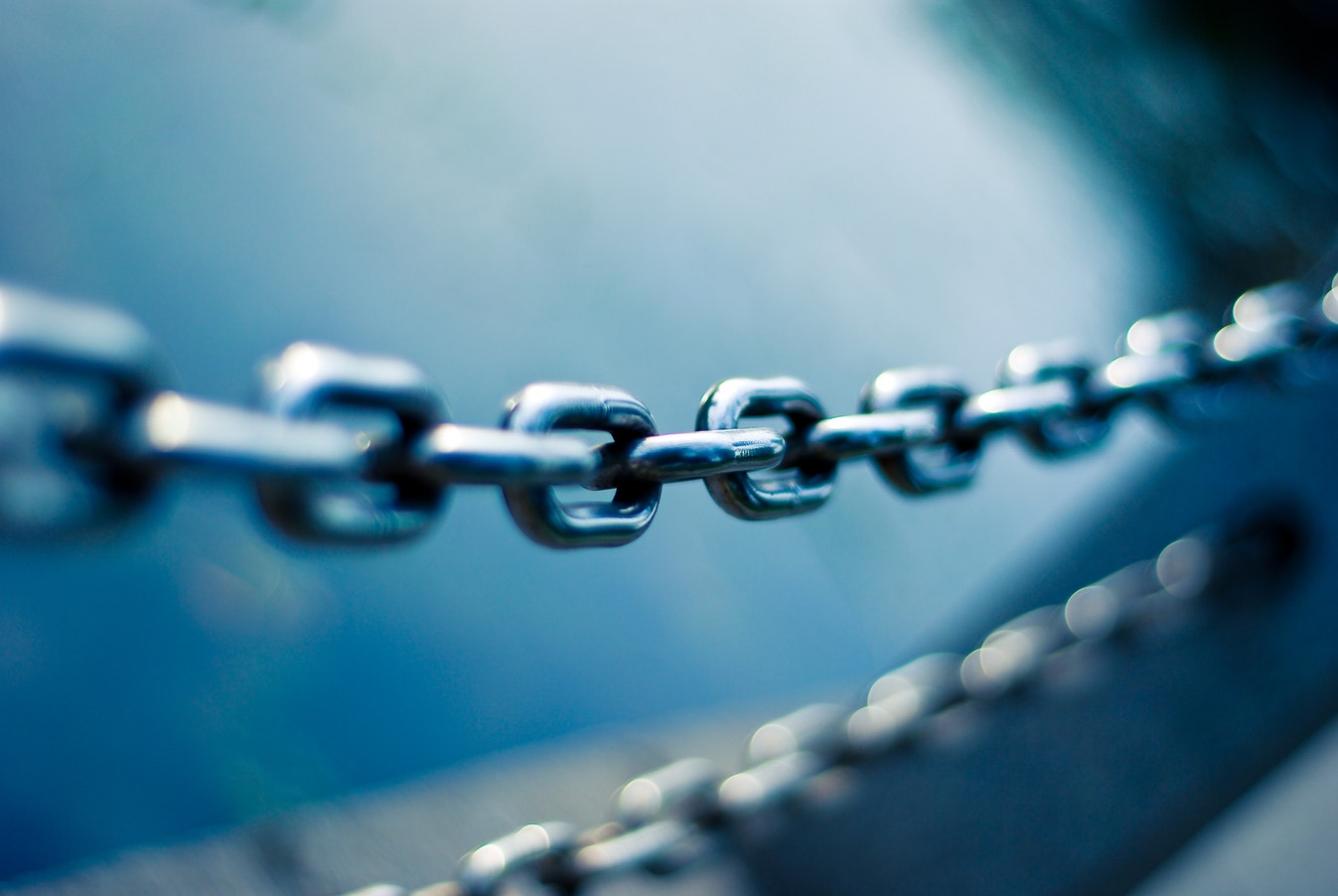We’re about to give you loads of lovely tips about how to disavow bad links from your website to improve your SEO. Don’t say we don’t look after you.
However, if you already know what a disavow is and you want your own list of links to disavow you can skip straight to our tool by clicking the button below:
For everyone else, let’s start at the start…
Lots of things influence a site’s rankings on Google, from content and page headings to domain age or site speed. The big one we’re going to talk about today is links, both to and from your website.
If you have credible, high quality links pointing to your website, Google is much more likely to think you’re a credible, high authority site too. The same goes for lower quality links – if you’ve got spammy backlinks pointing to your site, it’s not a great sign to say the least.
For years people have paid for links to increase their rankings – back in the day a lot of them used to get away with it.
Google eventually picked up on this and didn’t like it – their Penguin update in 2012 meant that sites associated with paid links started getting penalised and their rankings declined.
If your site has been hacked and now has lots of spammy links, or if you’ve carried out bad SEO in the past, it’s likely that you’ll have bad links pointing to your site harming your rankings. Read on to find out how disavowing can help.

What is disavowing?
When you disavow a link, you’re basically telling Google to disregard that inbound link when it crawls your site.
Disavowing cuts ties between your site and any chosen links that point to it.
Why is disavowing important?
To rank high in search engine results, your site needs an inventory of high quality backlinks.
While a big part of healthy site SEO is attracting good links, it’s just as important to get rid of bad ones too.
Culling these low authority backlinks helps prevent any link-based penalties from the search engine.
Google and Bing both offer a tool for disavowing links, but they have some flaws…
What’s wrong with Google’s disavow tool?
Don’t get us wrong, it’s a useful and accessible tool that can help you get rid of dodgy backlinks on your site.
However, Google’s disavow tool misses a vital step – it doesn’t tell you how to identify which links are bad. You’ll need to use another platform – like Ahrefs or Open Site Explorer – to find out which links you need to disavow.
How can UWP help?
We’re cutting out the middleman – instead of going to multiple platforms and transferring data from one to the other, we’re making it possible for you to do it all in one go on our site.
At the bottom of this blog, you’ll see a contact form where you can enter the URL of the site you want analysed.
We’ll crawl your site and send you your disavow file within 24 hours, completely free of charge.
Want us to get rid of these bad backlinks too? Just let us know – we’d be happy to give you a one-time quote for disavowing these links.
[gravityform id=”3″ title=”true” description=”false”]
